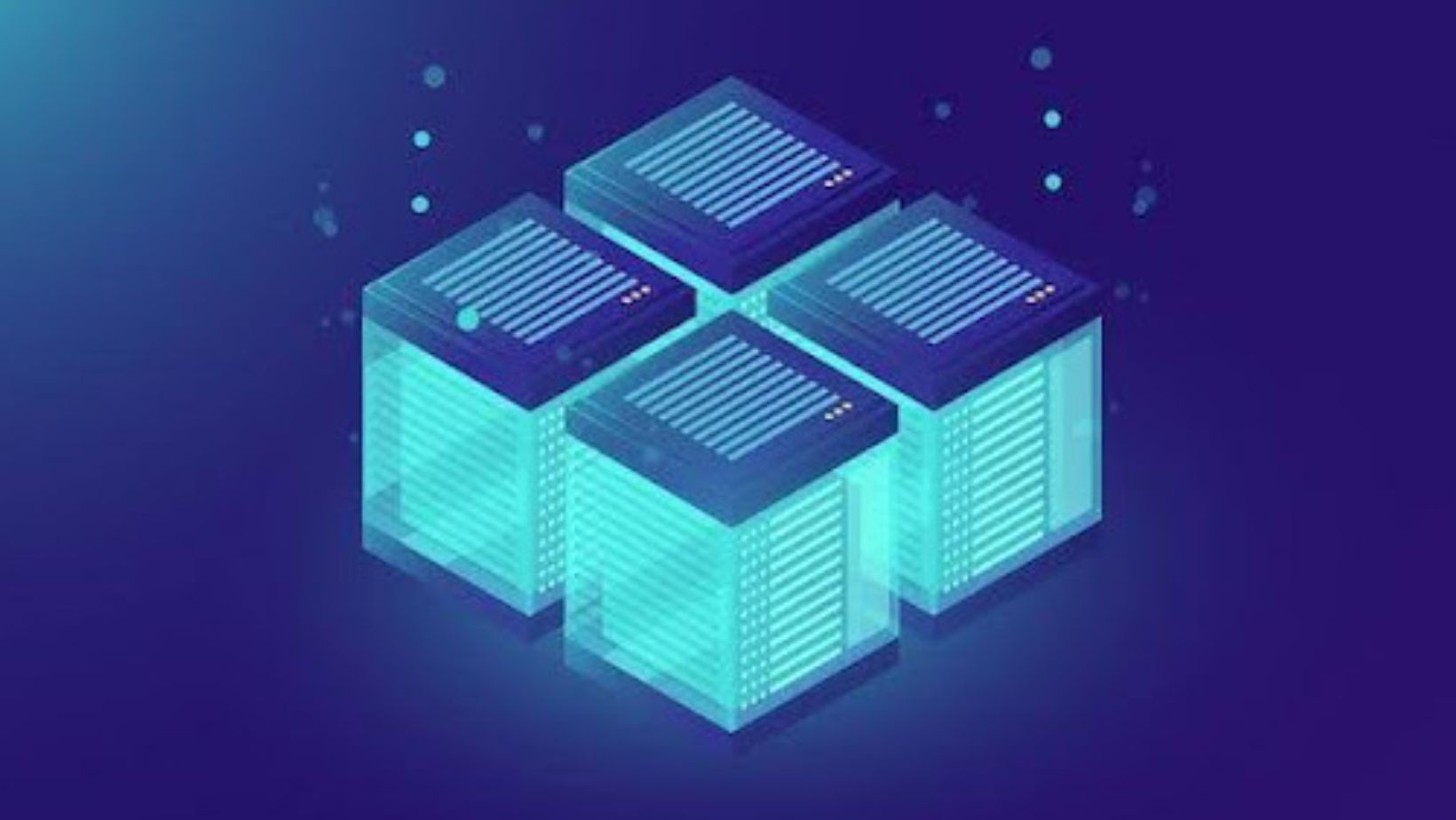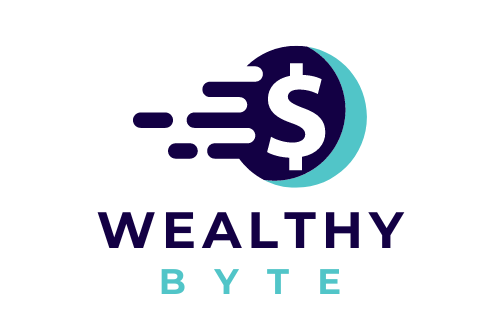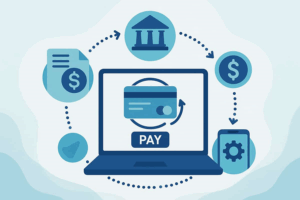
Toncoin is the native token of The Open Network (TON), an innovative blockchain whose goal is to offer a scalable, secure, and fast platform that can handle millions of transactions per second. Other than allowing crypto transactions, TON also wants to provide a wide range of services that could support various applications. In this way, The Open Network can become a user-friendly platform that can host diverse blockchain innovations, like smart contracts, decentralized applications (dApps), and other micropayment services. Thanks to this, TON can bridge the gaps between the past and future and make blockchain technology more accessible to a larger part of the population.
Toncoin has an important place in the TON ecosystem, as it fuels the network. For example, Toncoin can facilitate the operations of dApps, cover transaction fees, and enhance blockchain security. Because Toncoin has various use cases, it can grow in demand, making more investors interested in this digital coin. Growing demand can positively impact the Toncoin price and increase this cryptocurrency’s market capitalization.
In this article, we will explore the whitepaper of TON and the most important features of this crypto project.
The Open Network (TON) Whitepaper
A whitepaper is an overview of a crypto project’s goals, architecture, and technical innovations. The Open Network (TON) Whitepaper was published on July 26, 2021, by Dr. Nikolai Durov. This project aimed to be a scalable multi-blockchain that would solve the shortcomings of the other crypto projects developed previously. One of the most important reasons behind the creation of TON was to support decentralized services and applications using a user-friendly interface. TON could apply these objectives thanks to innovative technologies, like dynamic sharding and a 2-blockchain mechanism.
Thanks to these features, the project can improve scalability, performance, and reliability, making this platform suitable for many applications.
What are the Main Features of the TON Blockchain?
The TON blockchain has various impressive features thanks to its infinite shared multi-chain architecture. This architecture can offer parallel transactions across multiple chains, making TON a “blockchain of blockchains” while improving the entire platform’s flexibility and scalability.
Cross-shard Transactions
TON can efficiently handle cross-shard transactions. In these transactions, data is exchanged across different shards, thus maintaining high scalability and throughput.

TON can offer seamless cross-shard transactions through a sophisticated integrated routing mechanism to maximize efficiency and minimize latency.
Hypercube Routing Mechanism and Asynchronous Message Delivery
TON’s blockchain has two important features that help it stand out from other alternative blockchains. One of them is the hypercube routing mechanism, which allows messages to be exchanged between shard chains. At the same time, another impressive feature of TON’s blockchain is the incorporation of asynchronous message delivery, which removes the need for synchronous processing when users need to exchange messages and transactions.
These two features have improved TON’s utility because they maximize throughput and reduce latency. This allows the messages to be sent effectively, even if the platform’s structure is complex.
Dynamic Sharding
Dynamic sharding is also an impressive feature of this blockchain. Other blockchains deal with congestion problems, but TON knew how to solve this issue. With dynamic sharding, the TON blockchain is more flexible and can better deal with all network changes, as it can merge and split the shard chains if needed. By doing this, TON can perform well, even during periods of high traffic.
PoS Consensus Mechanism
TON uses a Proof-of-Stake (PoS) consensus mechanism with better features than the Proof-of-Work (PoW) model. Bitcoin first used the PoS consensus mechanism, and even if it maintains high security, it also poses some important issues. In this consensus mechanism, miners must solve complex mathematical problems to receive rewards in the form of cryptocurrency and validate a transaction. However, this means that miners need to deal with high electrical costs.
The PoS consensus mechanism solves some of these shortcomings and reduces the negative environmental impact while improving the network scalability and transaction speeds. Instead of solving complex mathematical problems, users only need to stake a certain amount of their cryptocurrencies. This simplifies the validation process and promotes a more decentralized space.
This helps TON be an eco-friendly blockchain and maintain low transaction fees.
TON Virtual Machine (TVM)
Another critical component of The Open Network is the TON Virtual Machine (TVM), responsible for executing smart contracts on the network. This virtual machine is comparable to Ethereum, as it employs similar roles. Among the essential roles of TVM are handling various operations for smart contracts, such as managing persistent data, analyzing incoming messages, and creating new ones. The TVM has integrated numerous arithmetic operations and cryptographic methods, promoting the platform’s versatility and security.

The TVM was specially developed to support the TON’s goal of handling millions of transactions per second.
What is the Future Outlook for The Open Network?
The Open Network has become popular for various reasons, especially because it hosts numerous applications across multiple sectors. They have chosen the TON blockchain because their platform benefits from low fees and high transaction speeds. These features can make TON more attractive to plenty of developers.
In the future, TON will surely find the best ways to improve its main features and push it into the mainstream. For example, it can integrate more features with Telegram, bringing many advantages and increasing user adoption. Besides this, TON can also improve thanks to supporting more sophisticated dApps, which could make more investors and developers interested in this platform, thus helping it grow. To have more mainstream adoption, TON can also improve its platform functions, such as TON Storage, TON DNS, and TON Payments, making the network suitable for more applications.
If TON finds solutions to all these, its popularity will surely increase.















